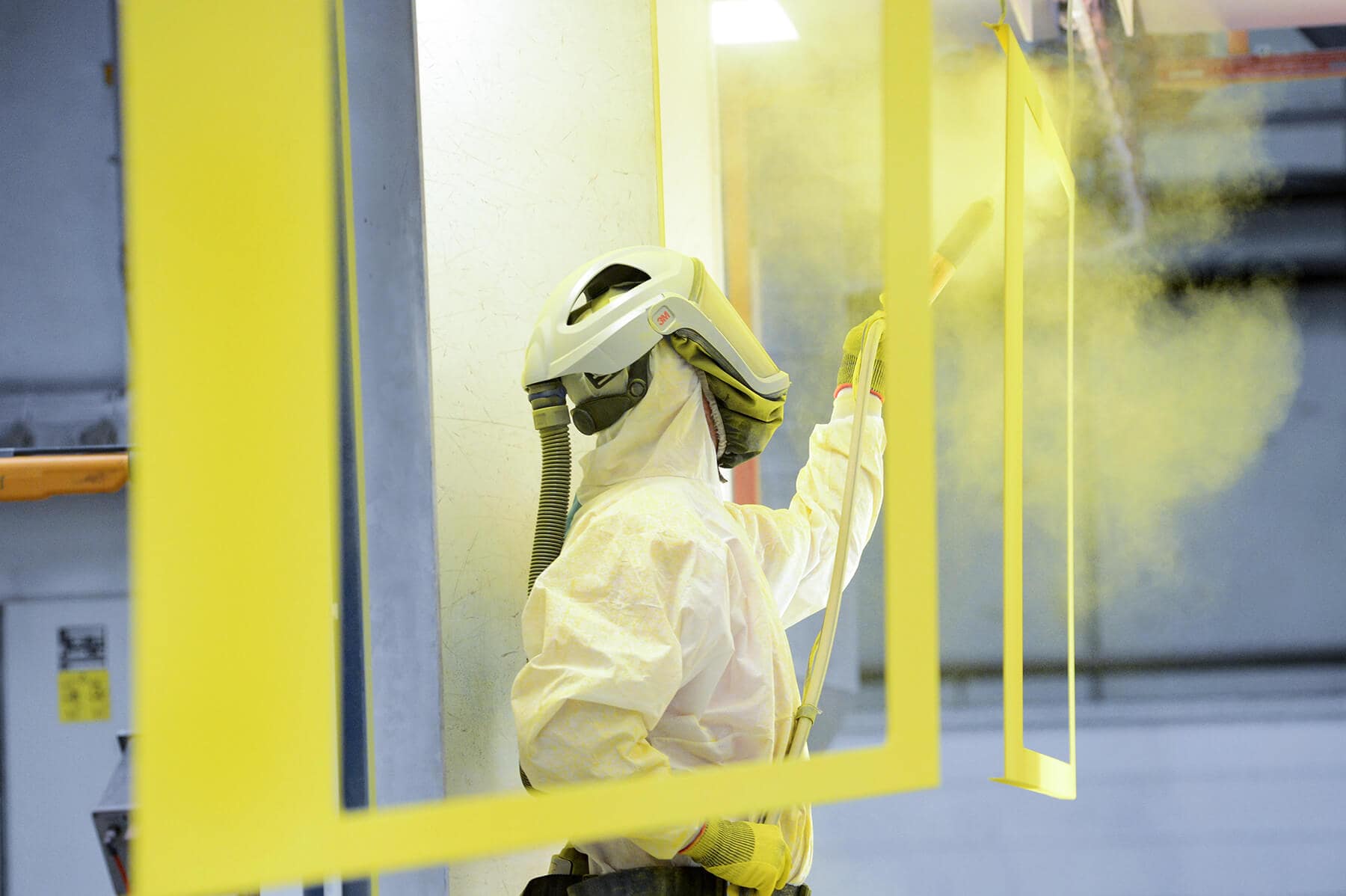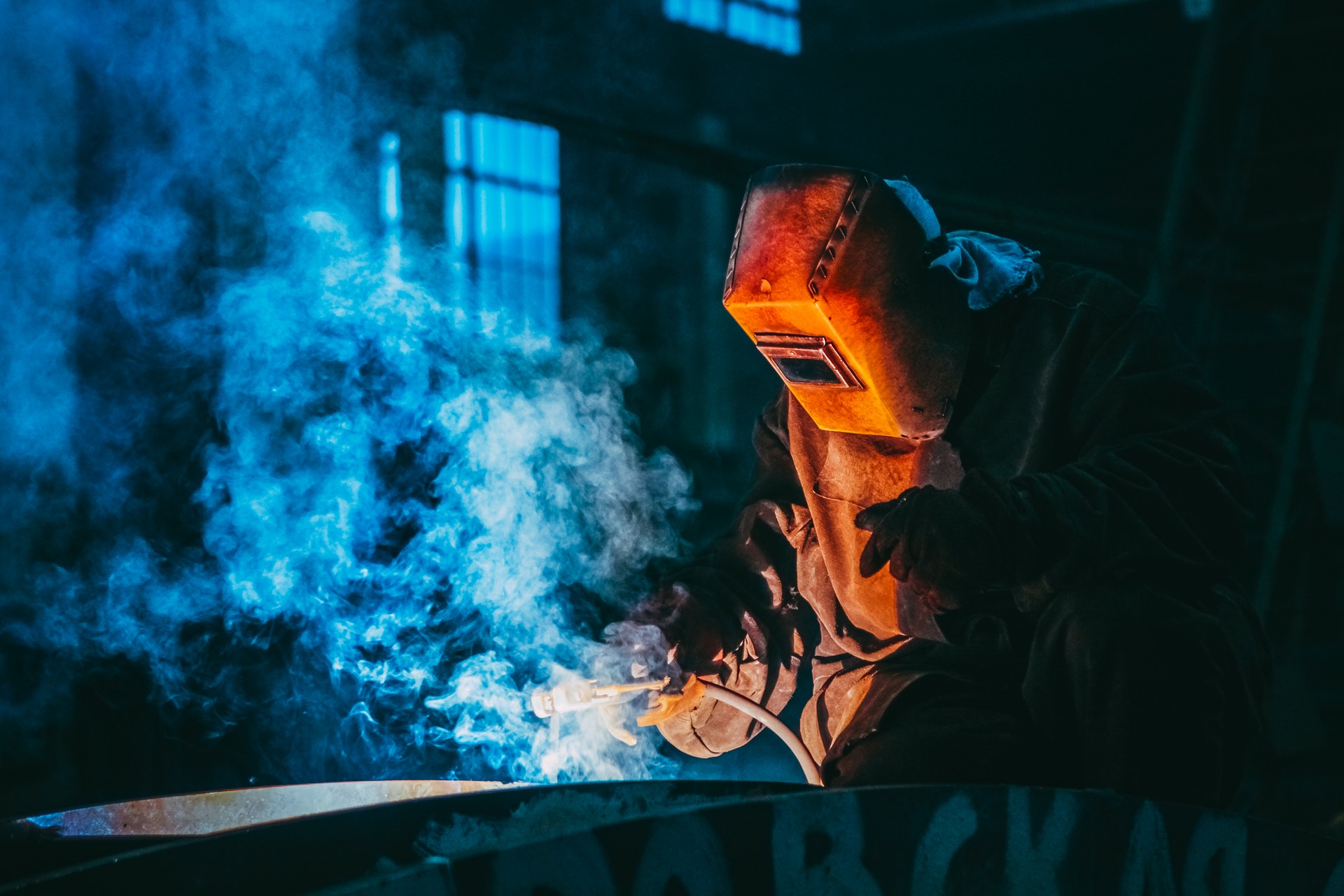Welding has been critical to the development of civilisations, but not many know where it began or how it evolved.
So, here’s our brief rundown of metalworking history.
Bronze and Iron Ages
Welding can trace its roots back to 4000 BC, when humans first started shaping and fusing bronze. The oldest known examples of welded items are small decorated boxes made of gold, originating during the bronze age.
Sometime during the 3000s (BC), Egyptians pressure welded weapons like swords using heated charcoal.
The 1500s saw the rise of iron smelting, and in 589 AD, Chinese blacksmiths first forged iron into steel.
Middle Ages
Forge welding became commonplace. Smithies cropped up across Europe and beyond, where blacksmiths crafted nails, hooks, swords, and furniture by heating and beating metal into the desired shape.
19th-20th Centuries
Advancements in welding really started picking up during the Industrial Revolution.
- 1800 – Sir Humphrey Davey used a battery to produce an arc between two carbon electrodes
- 1802 – Vasiliy Petrov created a stable electric arc, enabling metalworkers to melt metals with greater precision
- 1836 – Edmund Davey discovered acetylene, a chemical compound instrumental in modern-day welding
- 1900-1914 saw the invention and refining of coated metal electrodes, which allowed for more stable arcs
- The 1920s saw the introduction of automatic welding and more welding glasses to produce sturdier welds
And from the 1930s to the late 1990s, we got stud, friction, and plasma arc welding, as well as developments in gas tungsten arc welding (GTAW) that made it much safer to do and more commonplace.
Now
Thanks to the hundreds of generations of humans insisting on making metal into objects easier and safer, we have the welding landscape of today. With around 90 different welding processes in existence and constant refining and development, welders have set new standards for safety and craftsmanship
We’re keen to see where the future takes us.




